Contents
Acknowledgments
Mike Snyder’s Acknowledgments
Jim Steger’s Acknowledgments
Brendan Landers’ Acknowledgments
Introduction
A Word About Sandbox Environments
About the Examples in This Book
Looking Forward
Features and Conventions of This Book
How to Access Your Online Edition Hosted by Safari
How to Download the Online Edition to Your Computer
Using the Practice Files
Book Support
Errata
We Want to Hear from You
Stay in Touch
Getting Help with Microsoft Dynamics CRM 2011
More Information
Part 1: Overview
Chapter 1: Introduction to Microsoft Dynamics CRM
What Is Microsoft Dynamics CRM?
Microsoft Dynamics CRM Deployment Options
Integrating with Other Microsoft Products
Logging On to Microsoft Dynamics CRM Online
Logging On to Microsoft Dynamics CRM
Accessing Microsoft Dynamics CRM by Using Microsoft Dynamics CRM for Outlook
Logging On to Microsoft Dynamics CRM via Mobile Express
Key Points
Chapter 2: Getting Around in Microsoft Dynamics CRM
Understanding the Microsoft Dynamics CRM User Interface
Using Views to Work with Data Records
Sorting Records in a View
Selecting and Refreshing Records in a View
Editing Multiple Records in a View
Using Quick Find to Search for Records in a View
Setting a Default Personal View
Accessing Recently Visited Records and Views
Using Lookups and Automatic Resolution
Setting Personal Options
Using the Resource Center
Accessing Help in Microsoft Dynamics CRM
Key Points
Chapter 3: Working with Accounts and Contacts
Creating an Account
Using Parent Accounts and Sub-Accounts
Creating a Contact
Attaching Files to Accounts and Contacts
Deactivating and Activating Records
Sharing Accounts and Contacts with Other Users
Assigning Accounts and Contacts to Other Users
Merging Account or Contact Records
Key Points
Chapter 4: Working with Activities and Notes
Understanding Activity Types
Understanding the Regarding Field
Creating Follow-Up Activities
Viewing Open and Completed Activities for a Record
Creating a Note
Managing Your Activities
Sending Direct Email Messages
Key Points
Chapter 5: Using Microsoft Dynamics CRM for Outlook
Accessing CRM Records Within Microsoft Dynamics CRM for Outlook
Accessing CRM Settings Within Microsoft Dynamics CRM for Outlook
Synchronizing Contacts, Tasks, and Appointments
Creating and Tracking Contacts
Using the Add Contacts Wizard
Creating and Tracking Tasks and Appointments
Sending and Tracking Email Messages in Microsoft Dynamics CRM for Outlook
Deleting Records in Microsoft Dynamics CRM for Outlook
Going Offline with Microsoft Dynamics CRM for Outlook
Configuring Synchronization Filters
Key Points
Part 2: Sales and Marketing
Chapter 6: Working with Leads and Opportunities
Understanding Leads and Opportunities
Creating a Lead and Tracking Lead Sources
Qualifying a Lead
Disqualifying a Lead
Creating an Opportunity
Using Opportunities to Forecast Potential Sales
Closing an Opportunity
Reopening an Opportunity
Converting an Email Activity to a Lead
Key Points
Chapter 7: Using Marketing Lists
Creating a Static Marketing List
Adding Members to a List by Using a Lookup
Adding Members to a List by Using Advanced Find
Removing Members from a List by Using Advanced Find
Evaluating Members Included in a List by Using Advanced Find
Removing Selected Members from a List
Creating a Dynamic Marketing List
Copying Members to Another Marketing List
Creating Opportunities from List Members
Using Mail Merge to Generate a Word Document That Includes List Member Information
Key Points
Chapter 8: Managing Campaigns and Quick Campaigns
Creating a Campaign
Adding Planning Activities
Selecting Target Marketing Lists
Adding Target Products and Sales Literature
Relating Campaigns
Creating Campaign Templates
Copying Campaign Records
Using Quick Campaigns
Key Points
Chapter 9: Working with Campaign Activities and Responses
Creating a Campaign Activity
Associating a Marketing List to a Campaign Activity
Distributing a Campaign Activity
Recording a Campaign Response
Promoting a Campaign Activity to a Campaign Response
Converting a Campaign Response
Viewing Campaign Results
Viewing Specific Campaign Information
Key Points
Part 3: Service
Chapter 10: Tracking Service Requests
Creating and Assigning a Service Request Case
Managing Service Request Activities
Resolving a Service Request Case
Canceling and Reopening a Service Request Case
Key Points
Chapter 11: Using the Knowledge Base
Creating and Submitting a Knowledge Base Article
Publishing a Knowledge Base Article
Searching for a Knowledge Base Article
Removing an Article from the Knowledge Base
Creating Article Templates
Key Points
Chapter 12: Working with Contracts and Queues
Creating a Service Contract
Activating and Renewing a Contract
Working with Service Queues
Key Points
Part 4: Reporting and Analysis
Chapter 13: Working with Filters and Charts
Applying Filters to Your Data and Saving Filtered Views
Setting Additional Filters on a Saved View
Using Charts to Analyze Microsoft Dynamics CRM Data
Creating a New Chart
Sharing a Chart
Key Points
Chapter 14: Using Dashboards
Using Built-in Dashboards
Creating Additional Dashboards
Editing Dashboards
Setting a Default Dashboard
Sharing a Dashboard
Key Points
Chapter 15: Using the Report Wizard
Creating a Report with the Report Wizard
Modifying a Report
Sharing a Report
Scheduling a Report
Categorizing a Report
Key Points
Chapter 16: Using Advanced Find
Performing Advanced Find Queries
Organizing and Formatting Advanced Find Results
Creating and Sharing a Saved View
Using Advanced Filter Criteria
Using Edit Multiple Records and Assign Multiple Records from Advanced Find
Key Points
Chapter 17: Reporting with Excel
Exporting Static Data to Excel Worksheets
Exporting Dynamic Data to Excel Worksheets
Exporting Dynamic Data to Excel PivotTables
Uploading Excel Reports to the Reports List in Microsoft Dynamics CRM
Key Points
Part 5: Data Management
Chapter 18: Bulk Data Importing
Using the Import Data Wizard
Importing Data with Automatic Data Mapping
Reviewing the Import Status
Updating Data by Using Data Enrichment
Key Points
Glossary
Index
About Sonoma Partners
Mike Snyder
Jim Steger
Brendan Landers
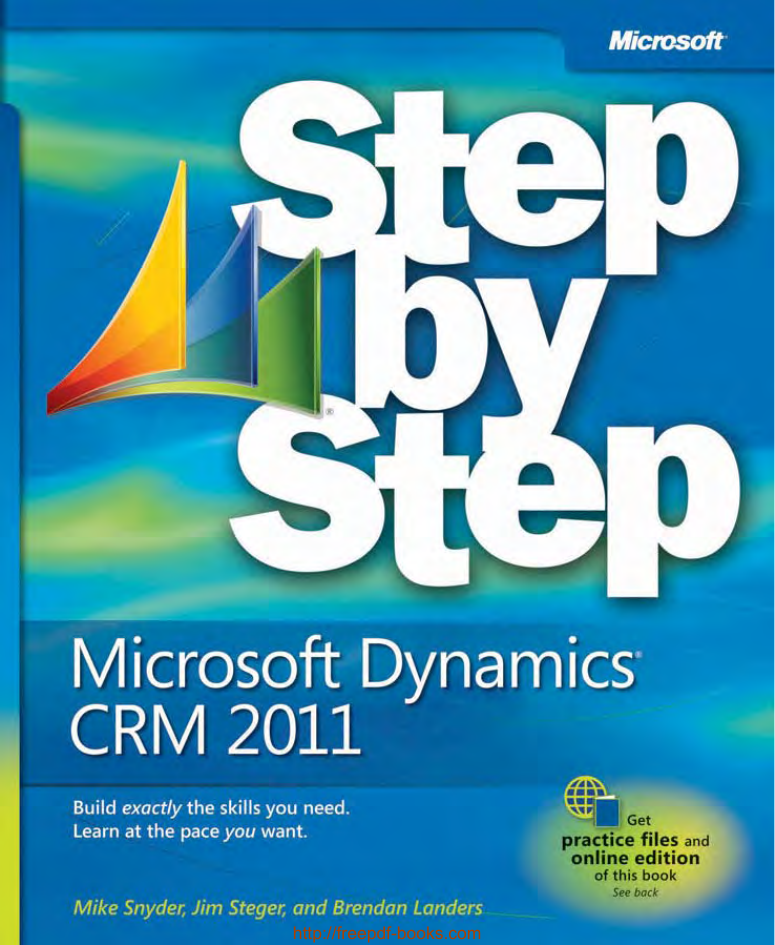
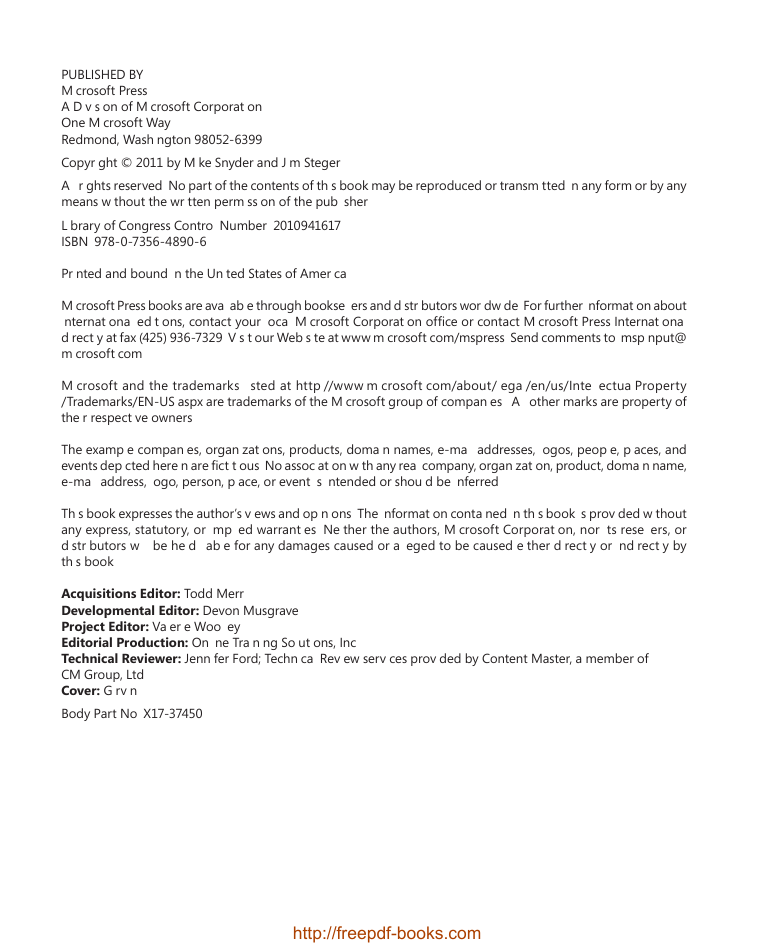
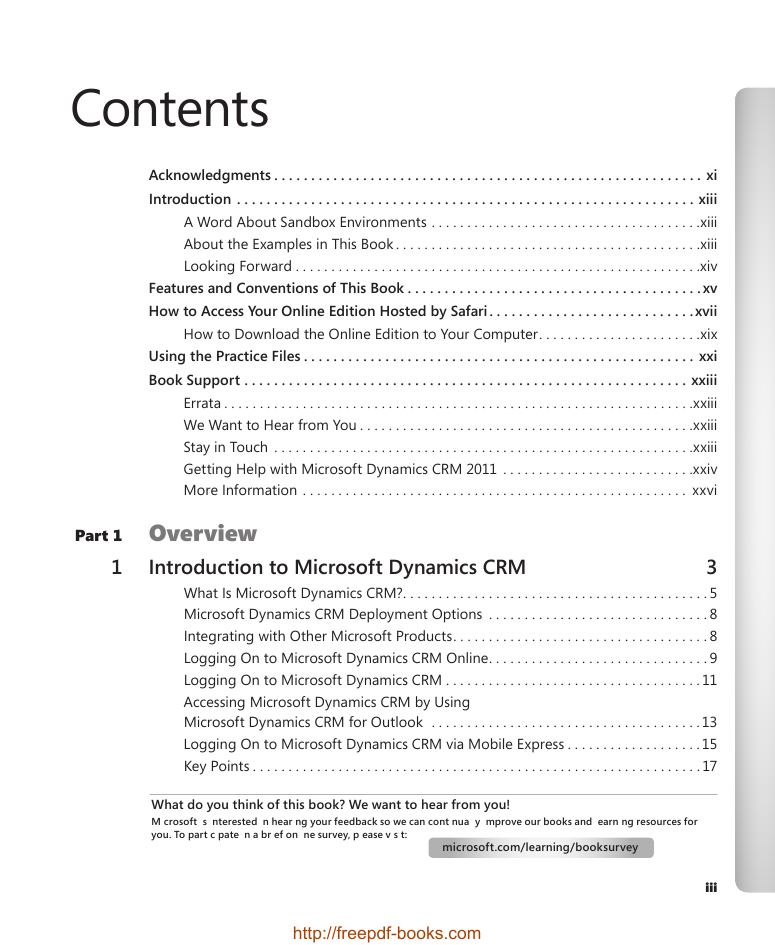
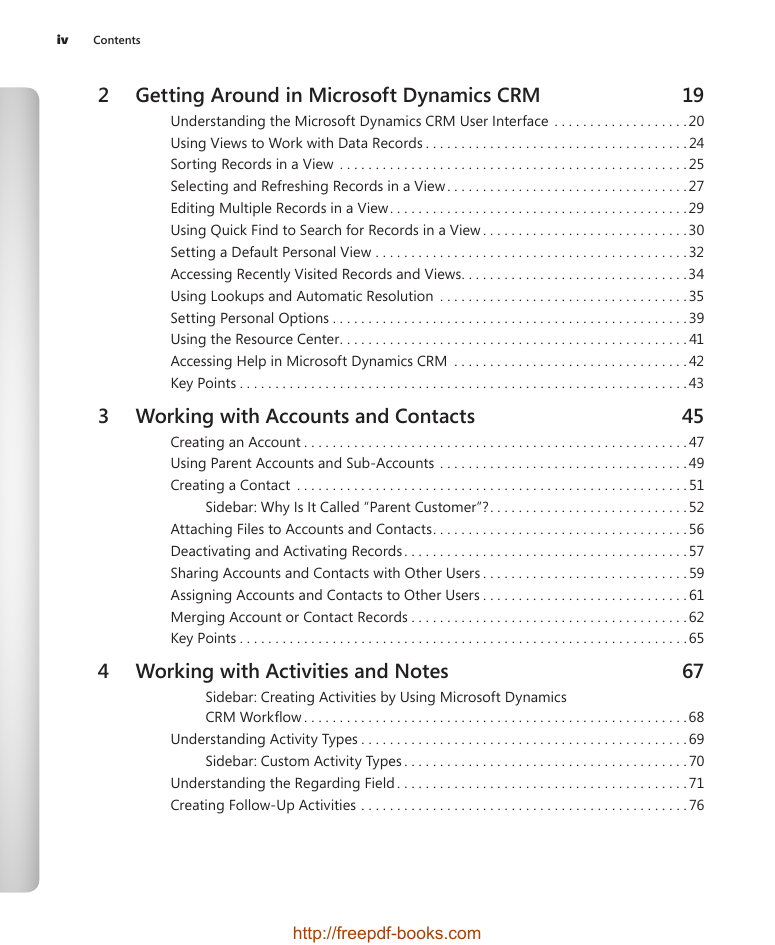
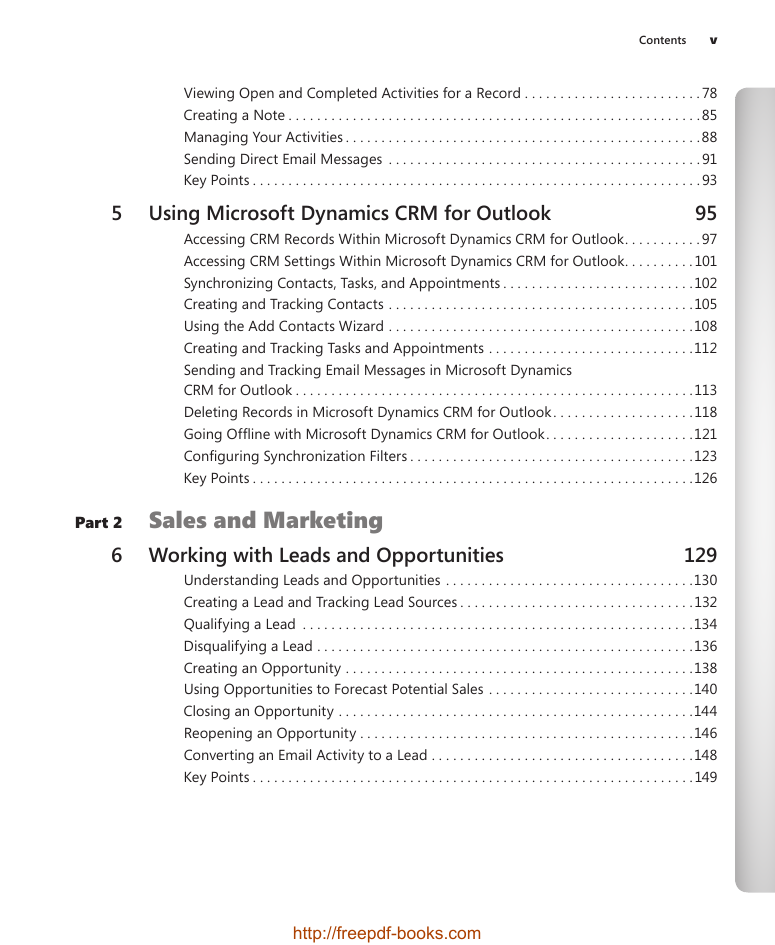
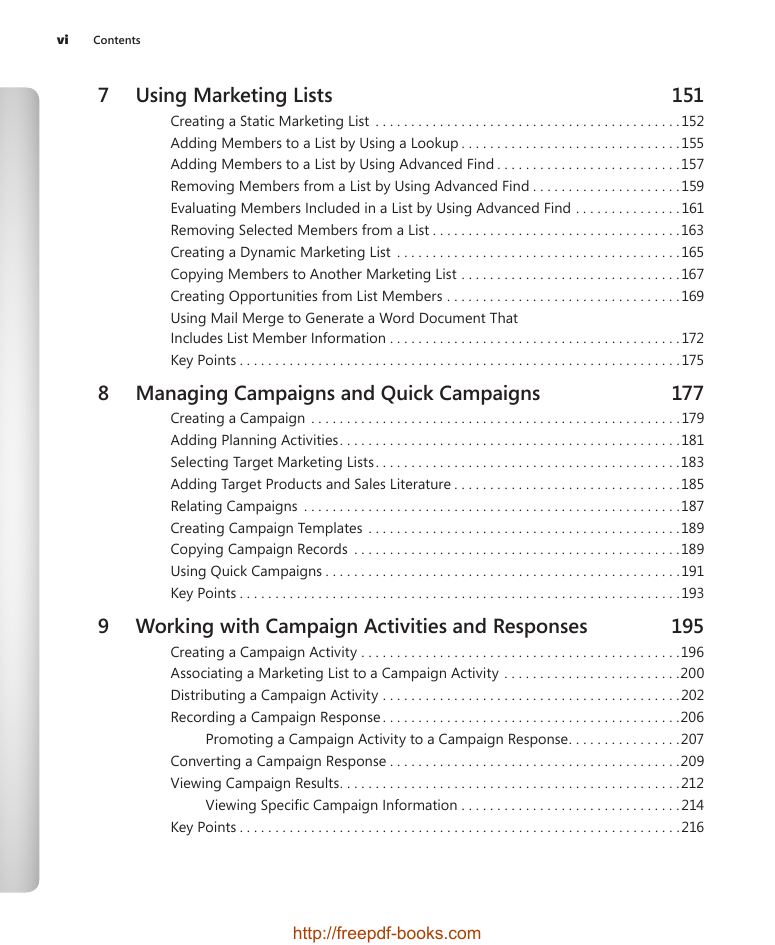

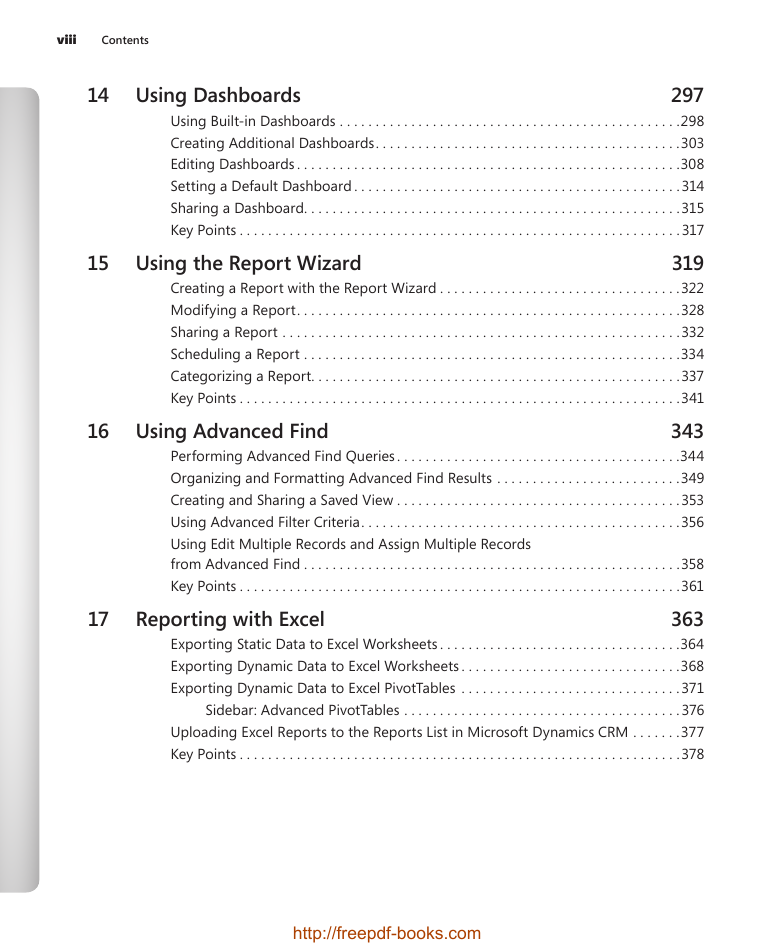








 2023年江西萍乡中考道德与法治真题及答案.doc
2023年江西萍乡中考道德与法治真题及答案.doc 2012年重庆南川中考生物真题及答案.doc
2012年重庆南川中考生物真题及答案.doc 2013年江西师范大学地理学综合及文艺理论基础考研真题.doc
2013年江西师范大学地理学综合及文艺理论基础考研真题.doc 2020年四川甘孜小升初语文真题及答案I卷.doc
2020年四川甘孜小升初语文真题及答案I卷.doc 2020年注册岩土工程师专业基础考试真题及答案.doc
2020年注册岩土工程师专业基础考试真题及答案.doc 2023-2024学年福建省厦门市九年级上学期数学月考试题及答案.doc
2023-2024学年福建省厦门市九年级上学期数学月考试题及答案.doc 2021-2022学年辽宁省沈阳市大东区九年级上学期语文期末试题及答案.doc
2021-2022学年辽宁省沈阳市大东区九年级上学期语文期末试题及答案.doc 2022-2023学年北京东城区初三第一学期物理期末试卷及答案.doc
2022-2023学年北京东城区初三第一学期物理期末试卷及答案.doc 2018上半年江西教师资格初中地理学科知识与教学能力真题及答案.doc
2018上半年江西教师资格初中地理学科知识与教学能力真题及答案.doc 2012年河北国家公务员申论考试真题及答案-省级.doc
2012年河北国家公务员申论考试真题及答案-省级.doc 2020-2021学年江苏省扬州市江都区邵樊片九年级上学期数学第一次质量检测试题及答案.doc
2020-2021学年江苏省扬州市江都区邵樊片九年级上学期数学第一次质量检测试题及答案.doc 2022下半年黑龙江教师资格证中学综合素质真题及答案.doc
2022下半年黑龙江教师资格证中学综合素质真题及答案.doc